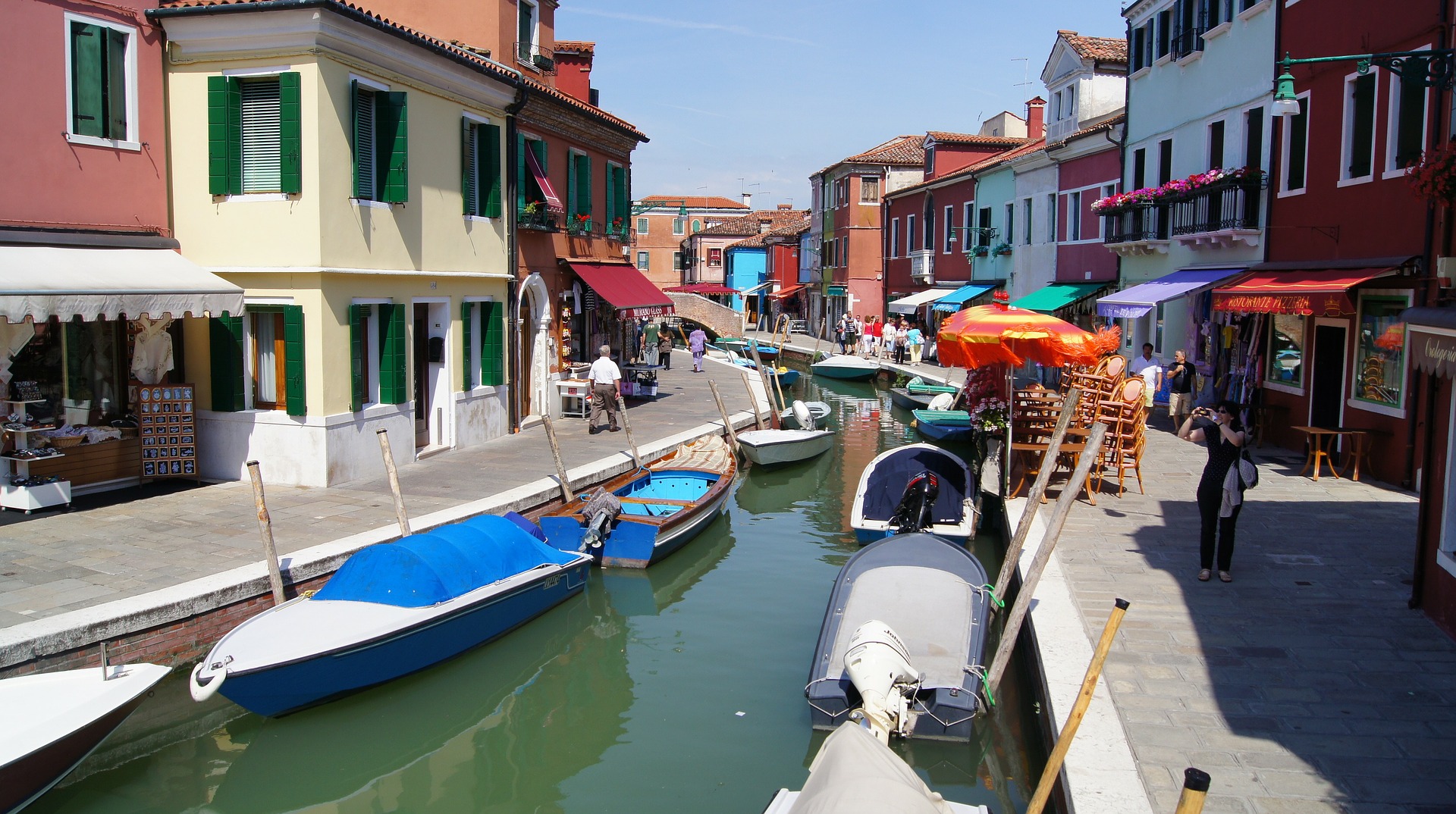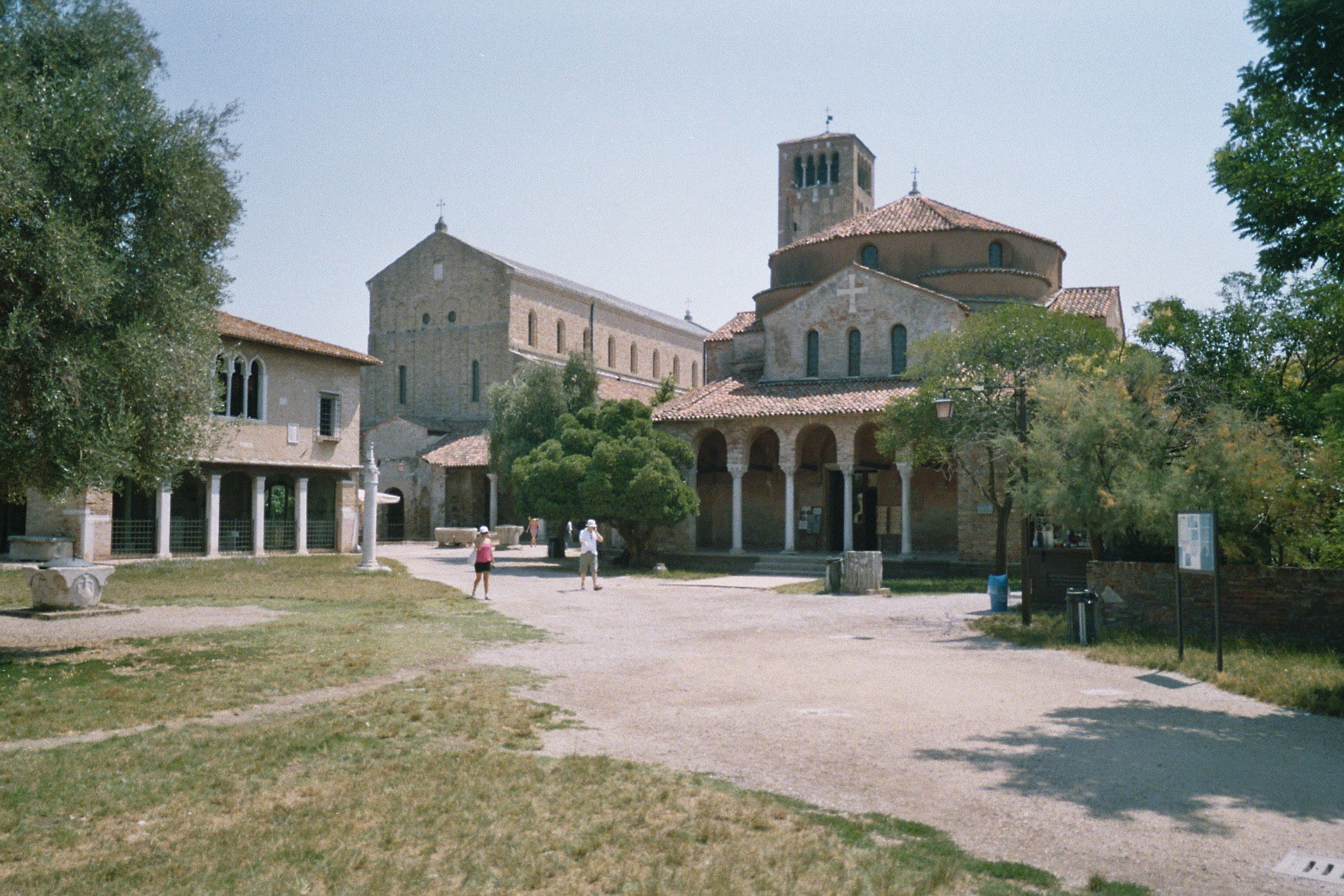Restored a number of times, usually following a collapse caused by lightening, the SAN MARCO BELL TOWER is one of the highest bell towers, affectionately known by Venetians as “el paròn de casa” (the landlord), confirmation of its history and the bonds that link Venetians to this monument.
Each of the five bells has a name linked to the occasion when it was rung. The MARANGONA was rung to mark the start and finish of the work of the marangoni (the Arsenal shipwrights).
The NONA marked midday – and still does so today. The TROTTIERA was rung as a second summons for noblemen who should have been taking part in the grand council meeting but were late.
The PREGADI (also known as the Mezza Terza) announced the assemblies of the Pregadi, the senators of the Serenissima. The bell known as the MALEFICIO announced that a capital execution was taking place.
The San Marco bell tower was often the theatre of Venetian life.
The Venetian saying “andemo a bever un ombra” is an abbreviation of “andemo a bever un goto de vin all’ombra del campanil” (“let’s go and drink a glass of wine in the shadow of the bell tower”) and dates from 1872 when a city council ordinance ordered the numerous inns surrounding the bell tower to be closed and demolished.
During the Venetian republic, certain crimes committed by clerics were punished by the “supplissio dea cheba” involving hanging the condemned man from the bell tower in a cage.
In 1609 the San Marco bell tower was used by Galileo Galilei to demonstrate his innovative telescope.
During the Venice Carnival, the Thursday before Ash Wednesday is celebrated with a ritual known as the “svolto dell’angelo” (“flight of the angel”, or “Turk”) in which a tightrope walker descended from the bell tower on a rope extending as far as a boat moored in the San Marco basin.
Today, following a custom going back to 18th century carnivals, the route of the “flight of the angel” goes from the bell tower as far as the Doge’s Palace from where the start of the celebrations was announced by the Doge after receiving a sceptre as a gift.
The CLOCK TOWER is one of Venice’s most photographed monuments, both due to the presence of the original clock, and for the two Moors who beat out the time from the top of the tower.
Under the Lion of St. Mark beneath the Moors, on Ascension Day and throughout that week, three statues move from left to right on a semicircular terrace in front of the sculpture of the Madonna with Child.
The large quadrant at the bottom, a masterpiece of mechanics by the Parma company Fratelli Ranieri, indicates the passing of the seasons, hours, lunar phases and sun from one to constellation to another.




